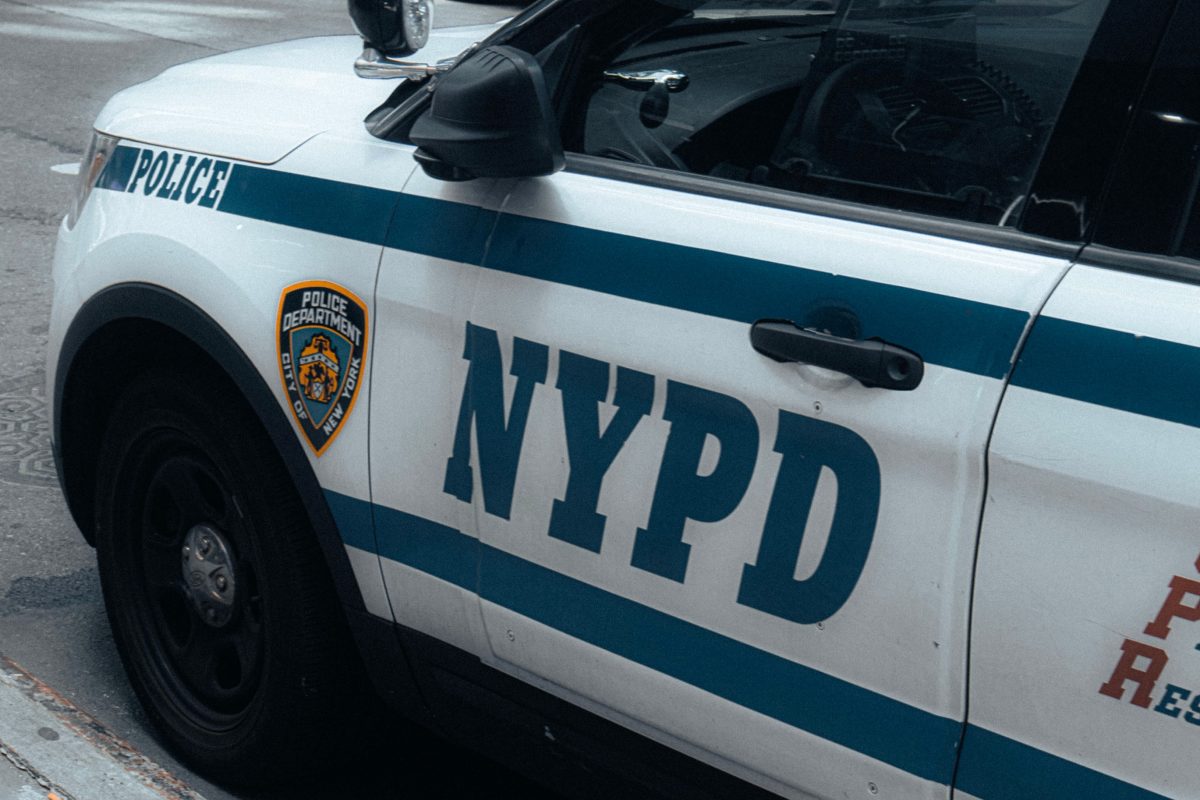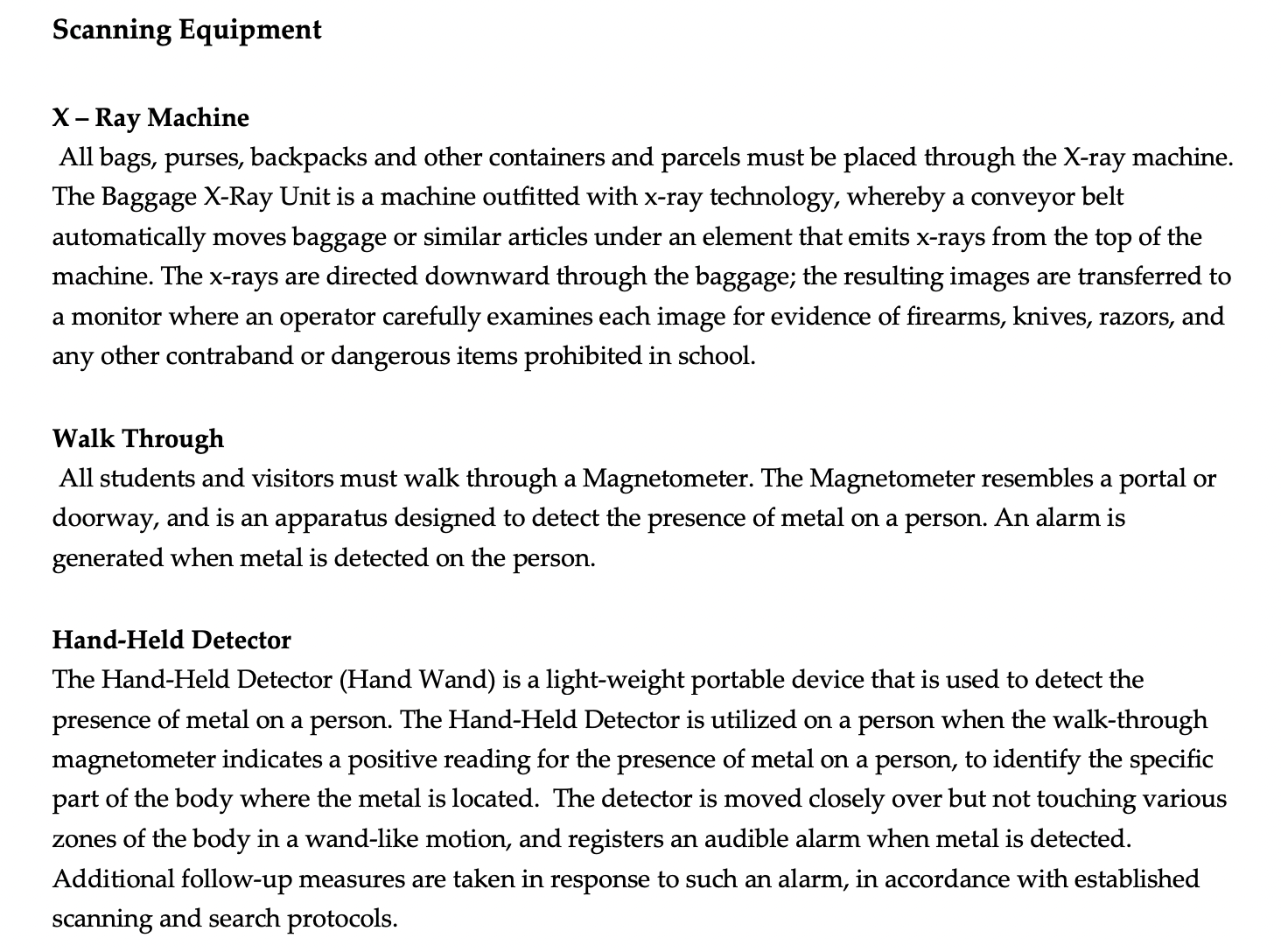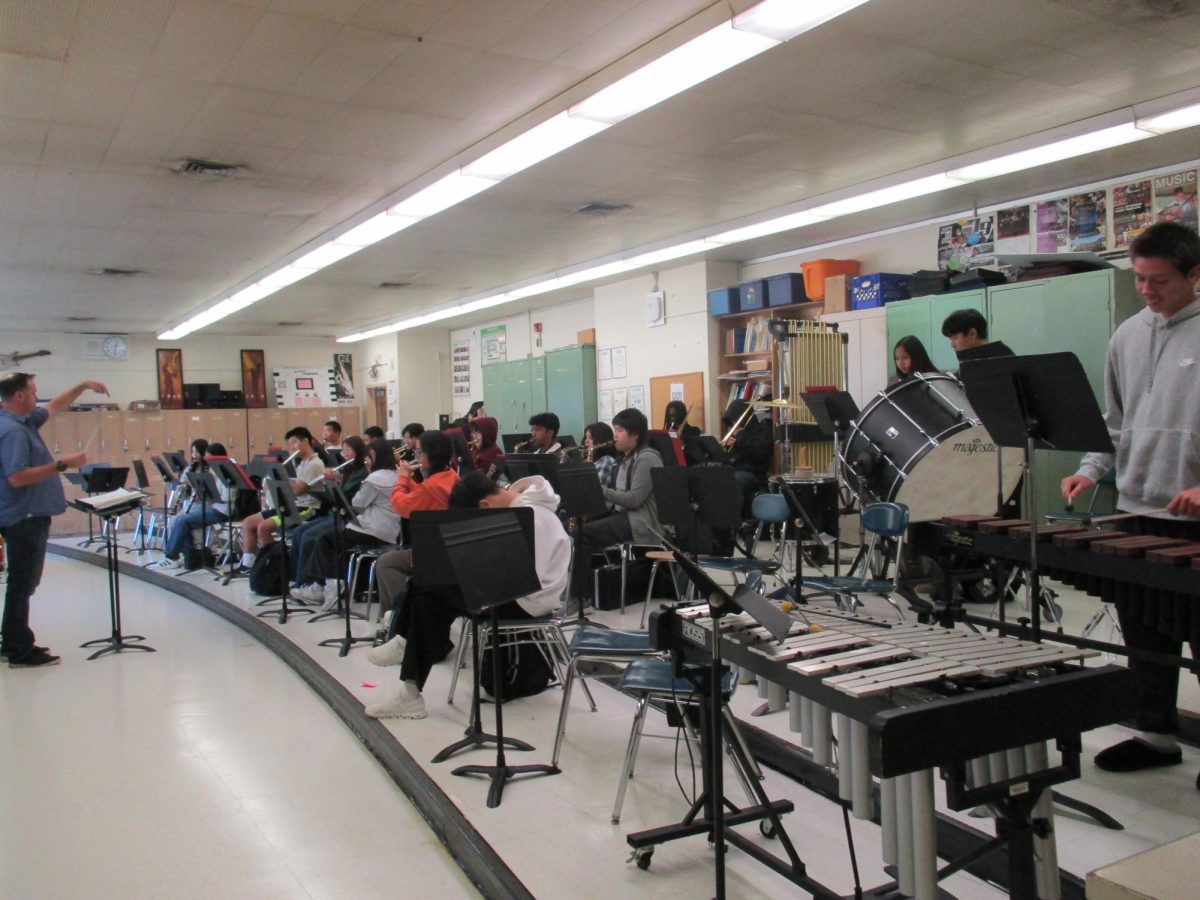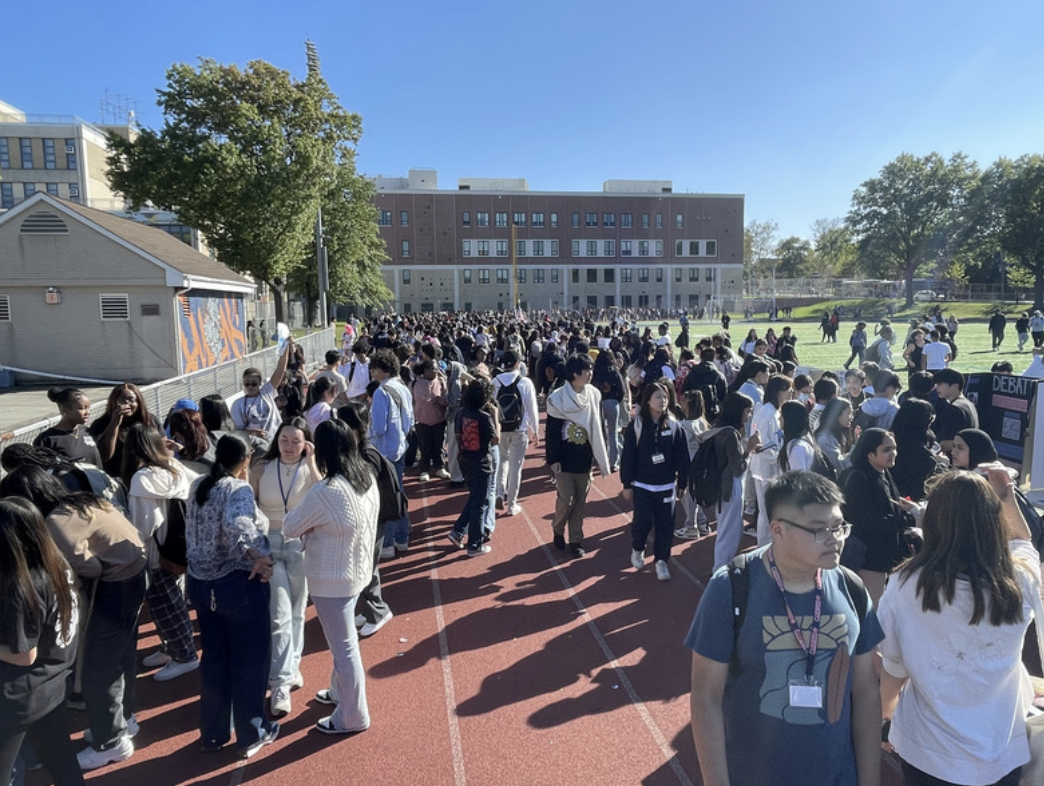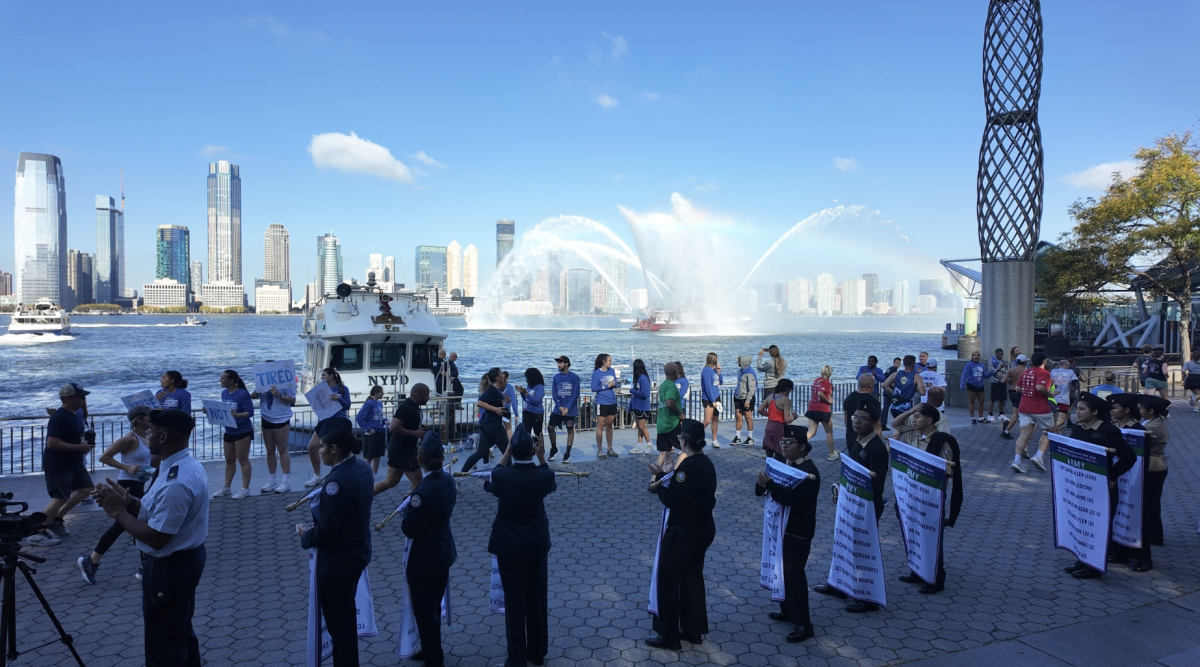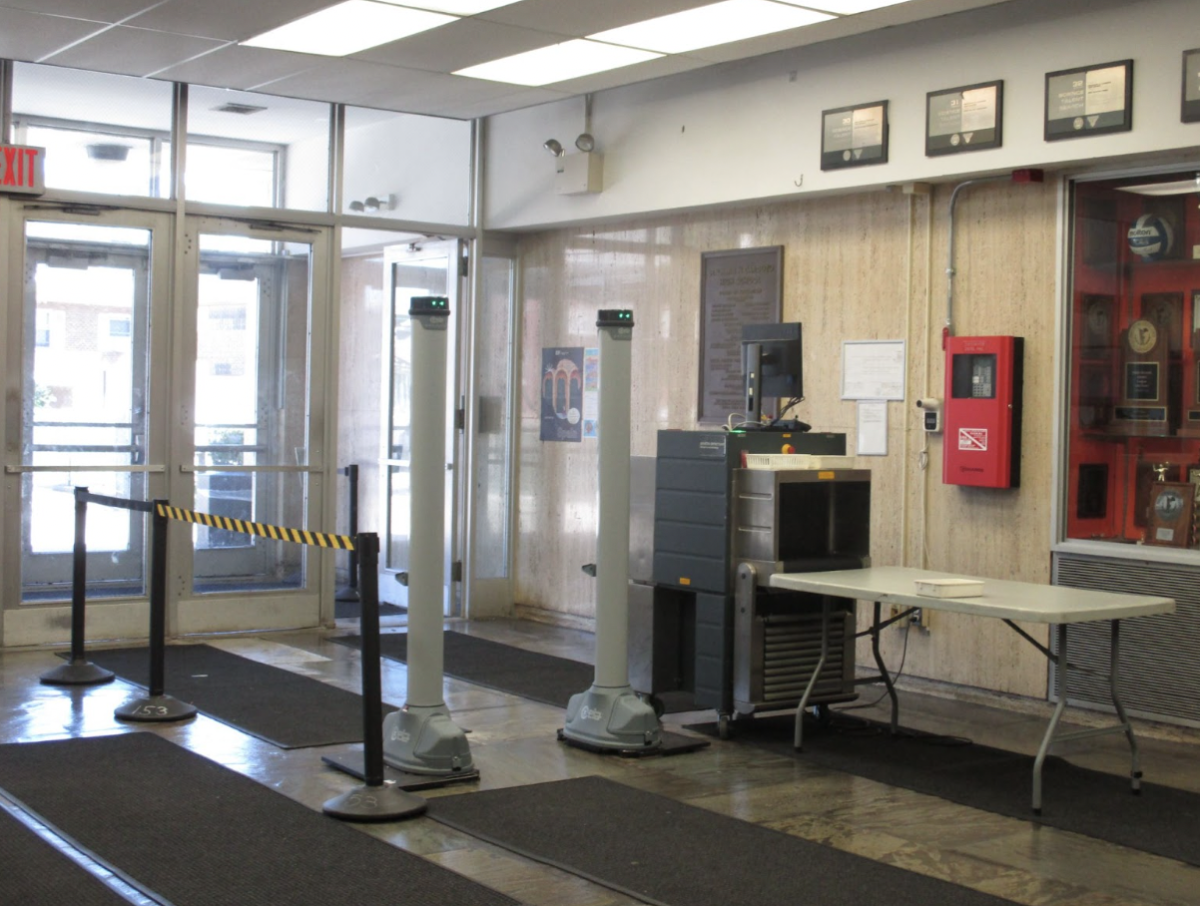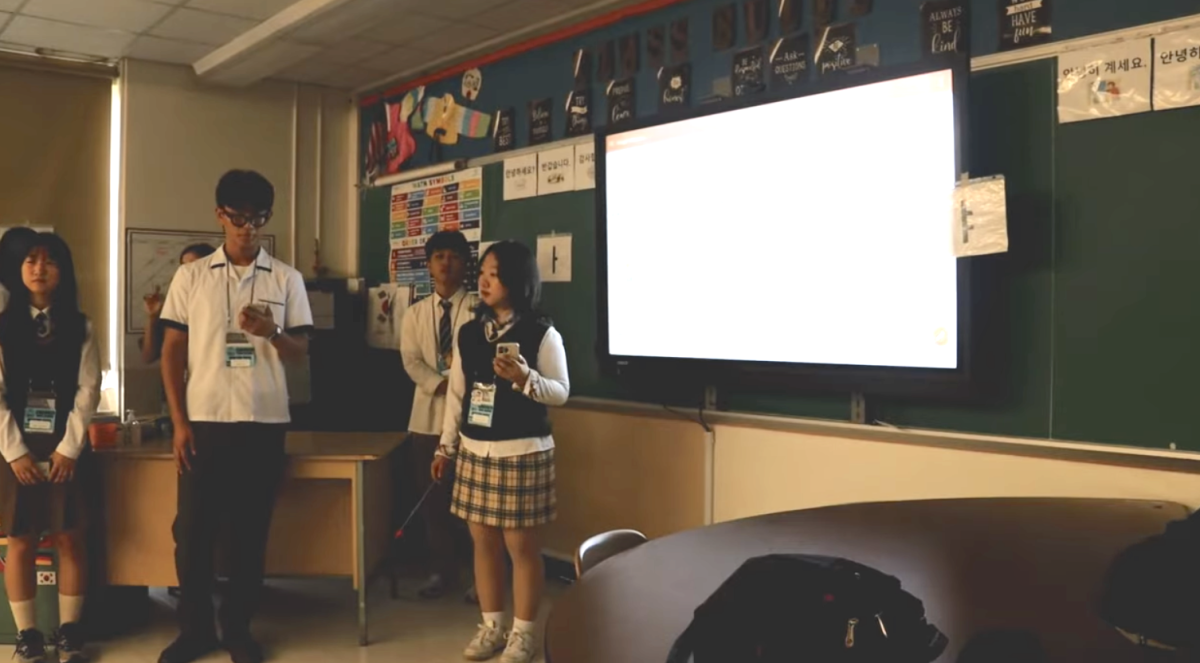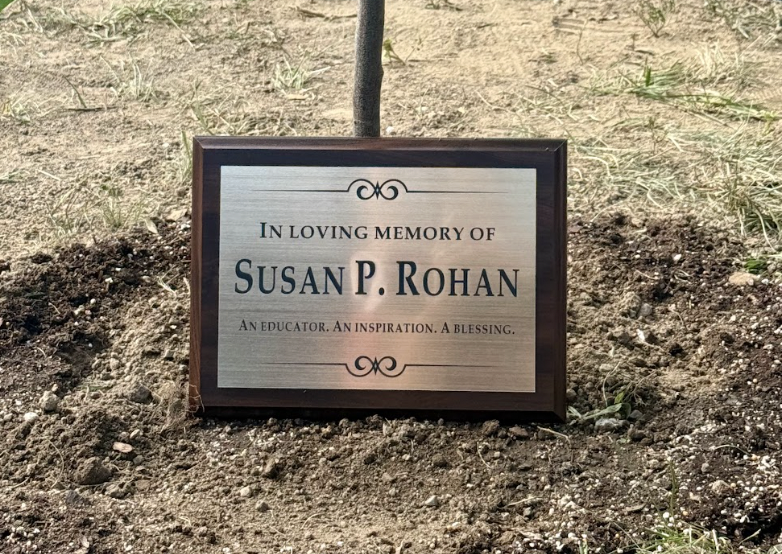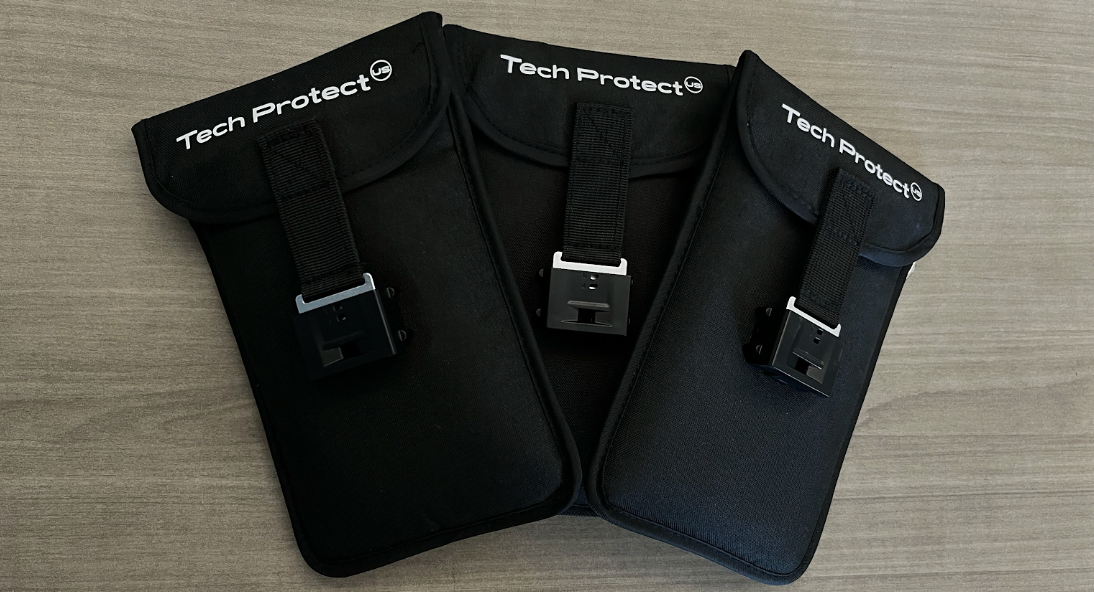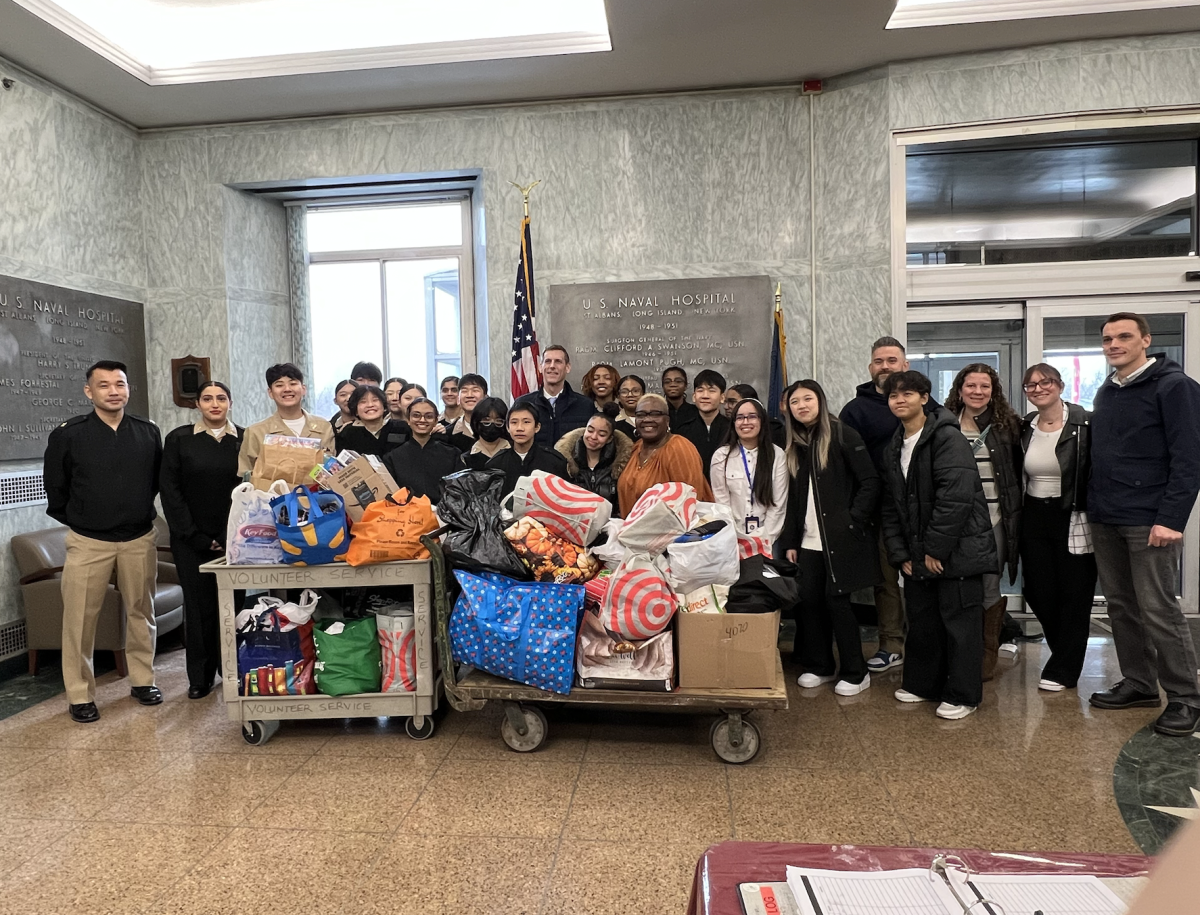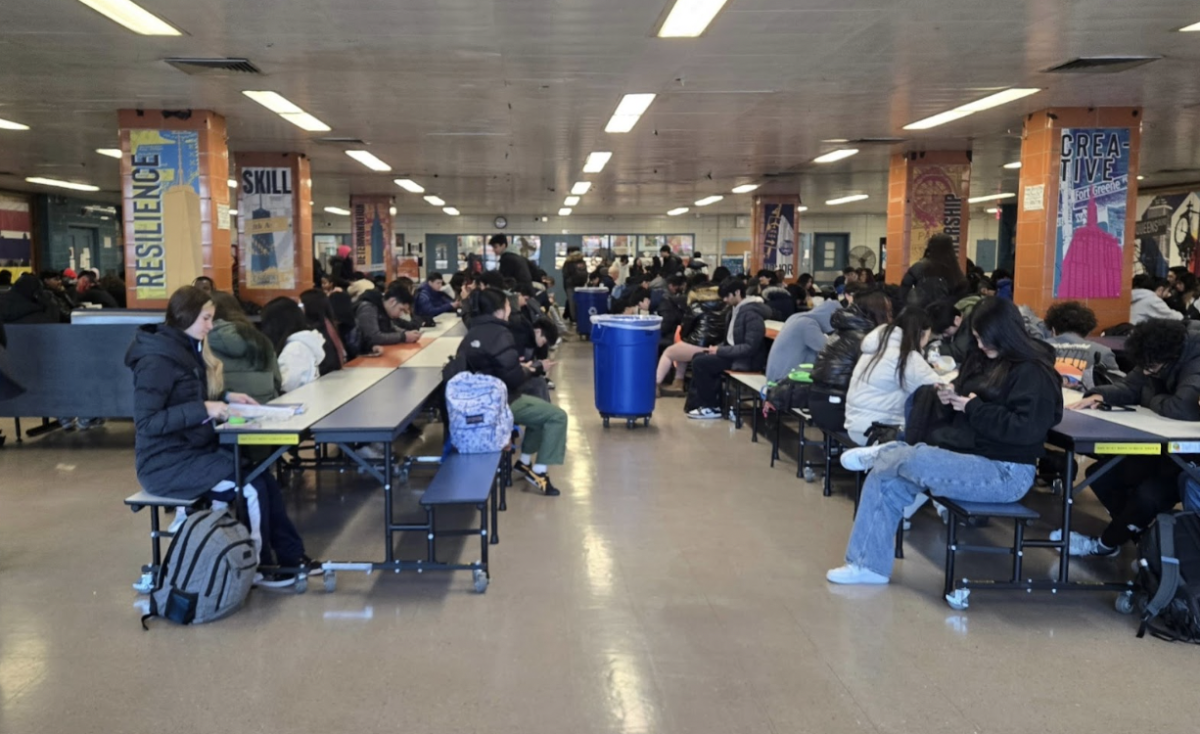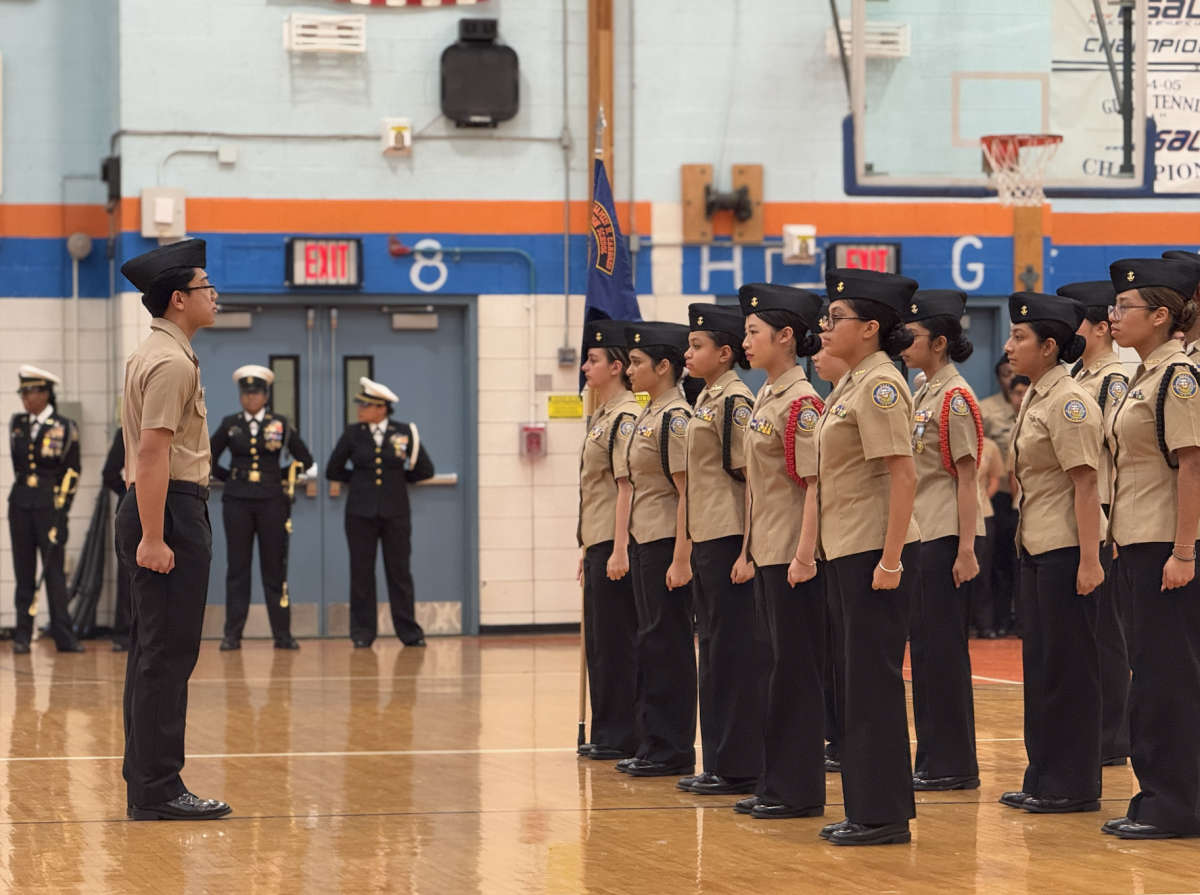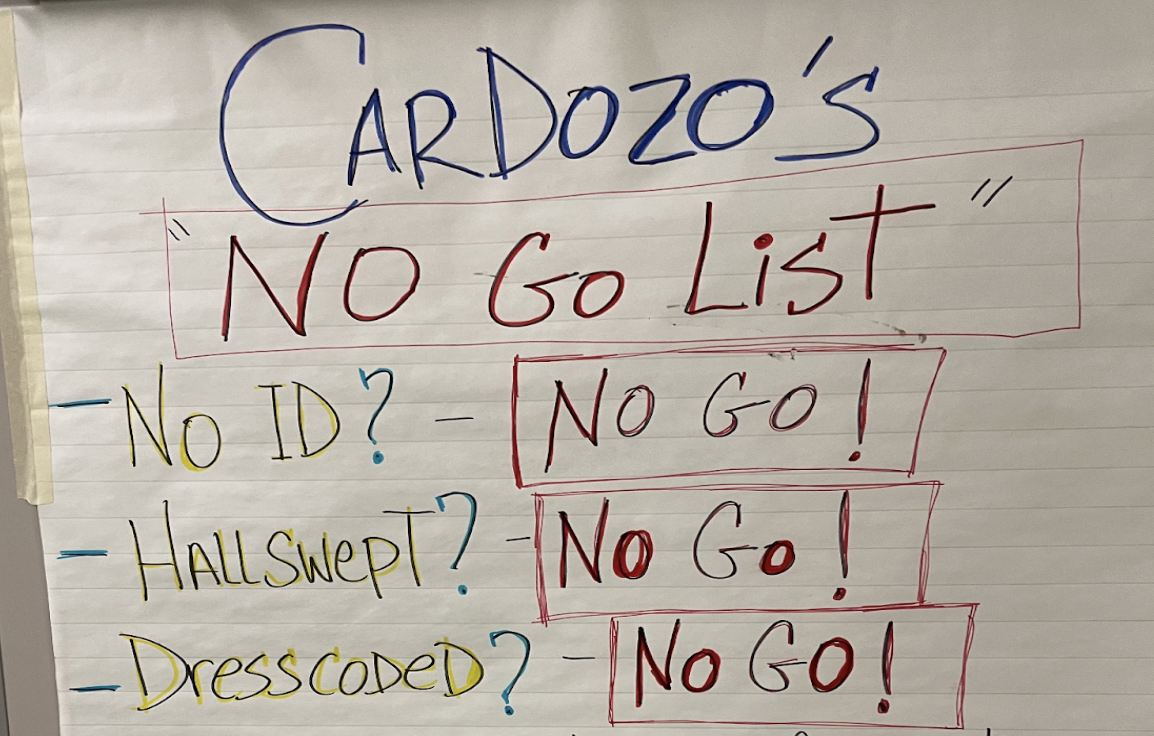Shamar Mills and Jonathan Too
Over the last several years, many students have realized that Cardozo High School has had periodic scanning of students upon entering the building. While many recent students noticed these instances, school scanning is not a new event. School metal detectors have been used since the 1980s in the Department of Education (DOE). Today, Cardozo is not a full-time scanning school with metal detectors, but instead has scanning when selected by the New York City Police Department and the DOE.
Three different types of scanning take place in DOE schools: part-time (random) scanning, full-time scanning, and unannounced scanning. According to the DOE, part-time scanning happens on random days throughout the week, but the detectors remain on school grounds when not in use. Full-time scanning is when a school has full-time detectors that all visitors, staff and students, must use on an everyday basis when entering the building. Cardozo’s scanning falls under the category of unannounced scanning. This means that schools are selected at random, or chosen based on a previous security incident, for scanning. The scanners are mobile and do not say at the school—only arrive for the day of the scanning.
The purpose of school scanning is not to disrupt the school day, but instead, to keep students safe, according to Cardozo Dean Ms. Eshaghian. The purpose is, “To keep the students safe and to make sure that anything that can be dangerous doesn’t enter the building,” she shared.
In line with this commitment to safety, the scanning process involves a meticulous examination of students’ belongings. As described by Ms. Eshagian, “The kids get scanned in; if there’s anything that is of curiosity or suspicion, they will do a bag search or maybe get a hand wand.” This multi-step approach ensures that potential threats are thoroughly addressed, balancing the need for security with minimal disruption to the daily activities of the school. Security officers are looking for weapons and any other items that are not school appropriate, such as vapes and other items.
Notably, this security protocol is focused on students, with faculty members exempt from the scanning process. Due to Cardozo being an “announced” scanning site, staff are not required to scan in. The scanning is purely for student purposes.
As Cardozo embraces these periodic scanning measures, it underscores the school’s dedication to creating a safe and secure learning environment. The integration of these protocols aligns with current safety practices, reflecting a commitment to the well-being and protection of the students while fostering an atmosphere conducive to education.
Although the scanning is out of the hands of Cardozo staff, it causes a ton of controversy between the students who attend. There are some students who believe that metal detectors are necessary, and a good way to keep students safe. “I feel like it’s necessary sometimes, if there’s a previous incident that went on in the building, the day after it’s useful to catch any harmful weapons,” a student, who wishes to remain anonymous, explained.
However, some disagree with the process of scanning, and feel that it doesn’t benefit the school. Another student shared, “I feel like it’s dumb because when students see or hear that there are metal detectors, they’ll take stuff that will be confiscated out of their bags and put them back in the next day.”
However, the two conflicting viewpoints of students don’t have much influence on the fact that Cardozo will continue to have periodic scanning as a safety precaution, and, that the scanning comes from those outside of the school entirely.

